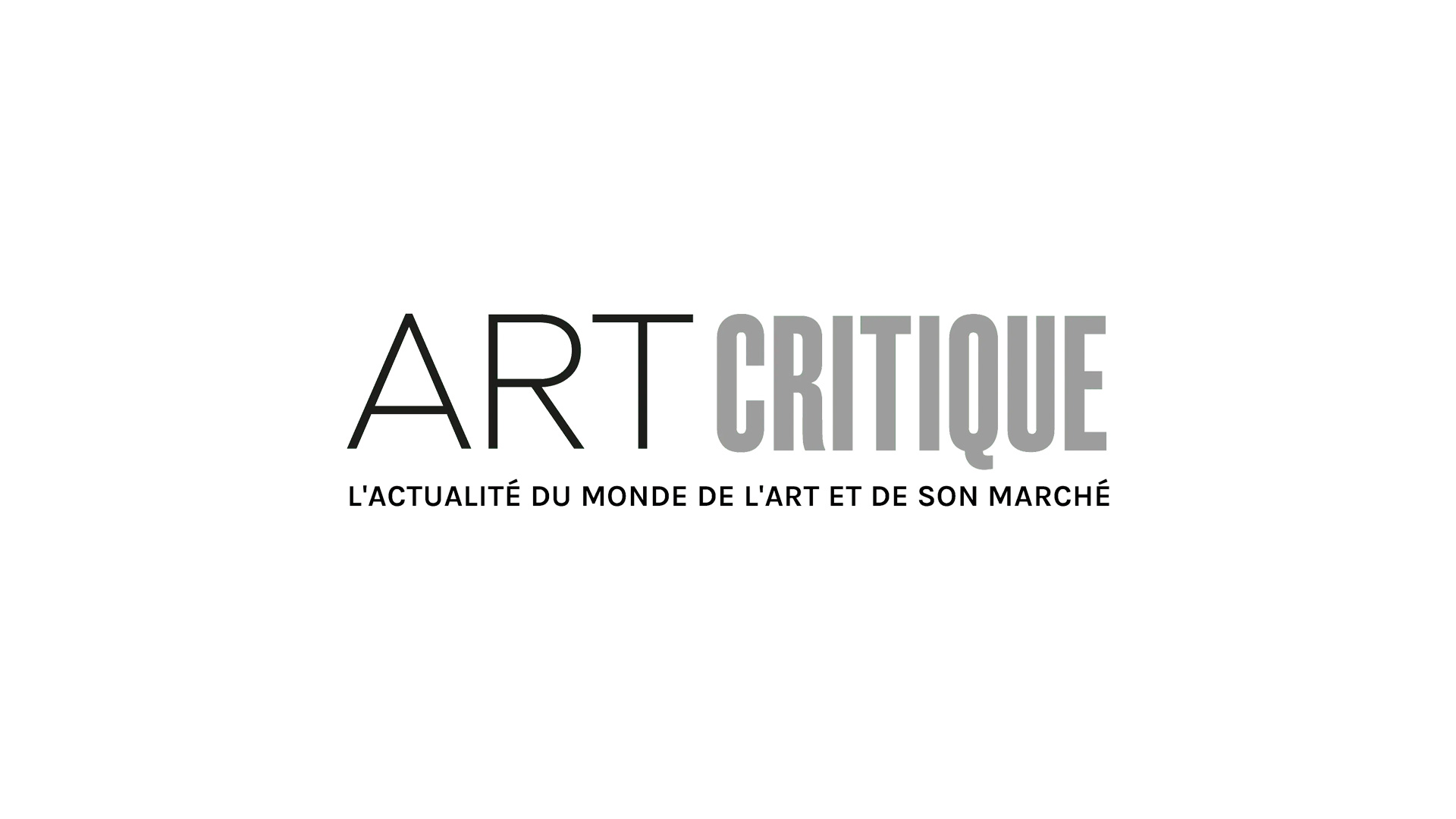‘He could be a bit of a dictator. But then he was also a genius.’ –Jan Harlan, executive producer for Stanley Kubrick for 25 years
Stanley Kubrick (1928-1999) was not one for making short cuts. No, he was meticulous and unwavering when it came to the research and production of the movies he created. A true perfectionist, his insistence for accuracy is the kind that makes researchers drool and a director’s head spin. However, Kubrick was, and still is, revered for his intense attention to detail and it shows in ‘Stanley Kubrick: The Exhibition’ currently on display at London’s Design Museum.

While standing in line to head into the exhibition, Kubrick is already around you. You’ve passed the Probe 16, better known as the Durango 95 from Clockwork Orange (1971), and you stand on the brown and orange geometric carpet of the Overlook Hotel from The Shining (1980). After scanning your ticket, you walk through an immersive, multi-screen, audio display that takes you through clips of a number of Kubrick’s most famous works. Finally, you dive into the painstakingly methodical inner-workings of Kubrick’s totally involved creative process.
In the first room, there is an array of items: a series of clapboards used in six of his films to a number of cameras used throughout his career; a 6-plate 35mm editing table used by Kubrick to edit Full Metal Jacket (1987); a model and the plans to create a massive 12-metre-tall mockup of a centrifuge. You don’t just walk into the world of Kubrick, you walk into his mind and, yet, you don’t get the sense that you know him any better when you leave. You’re simply confronted with his genius, to steal Harlan’s words, the process it took to capture it, and Kubrick’s persistence to capture it perfectly.

Seemingly not one for totally delegating, Kubrick’s fingerprints were on everything he created. In addition to directing, he was a writer, a cinematographer, a producer, and editor. He believed the editing room was where he best worked because the quiet allowed him to achieve his vision. Kubrick was undeterred from the costs of shots, cutting them if they weren’t necessary to his edits – and his films were not cheap to make often taking years and budgets that even today’s producers would ogle over.
For instance, in researching for Napoleon, an unrealized film that Kubrick worked on, he took detailed notes on Napoleon’s life – one note card for each day, which curator Deyan Sudjic called ‘an analogue Wikipedia.’ Another example comes in a series of six prototypes of The Shining’s poster created by Saul Bass. Accompanied by a letter from Bass offering his opinion on the sketches he sent, the posters each have blunt notes written in Kubrick’s hand, which appears all throughout the exhibition. ‘Hand and bike are too irrelevant. Title looks bad small,’ write Kubrick on one. ‘Maze too abstract and too much emphasis on maze,’ he says on another.

Guests then walk through a number of rooms highlighting his most famous works including Dr. Strangelove (1964), Lolita (1962), Eyes Wide Shut (1999), The Shining, and 2001: A Space Odyssey (1968). Each section gives a glimpse into the making of each film and the hiccups along the way like the dispute over fees between Kubrick and artist Allen Jones that meant the scrapping of Jones’ designs for the milk bar in A Clockwork Orange.
The exhibition, which boasts more than 700 items, is a reworking of the traveling exhibition of Kubrick’s life and work unique to the design museum that has made its way around the world for more than a decade. Serendipitously, it marks the 20th anniversary of the renowned director’s death and is the first time it has made its way to England, where Kubrick called home for more than 40 years.
Whether you’re a Kubrick enthusiast or you’ve never seen one of his works, ‘Stanley Kubrick: The Exhibition’ is a must-see. You’ll leave wanting to watch (or re-watch) at least five movies.

‘Stanley Kubrick: The Exhibition’ runs through September 15th, 2019.





